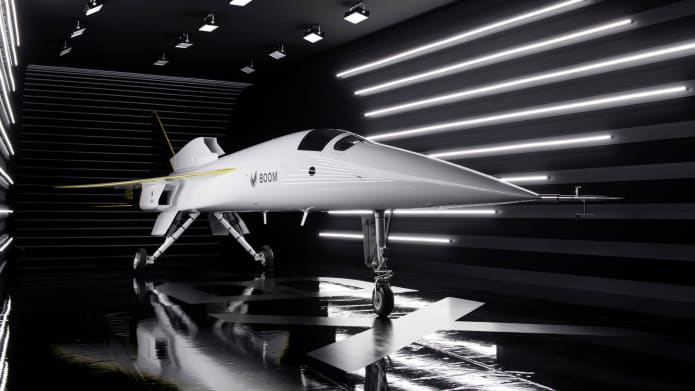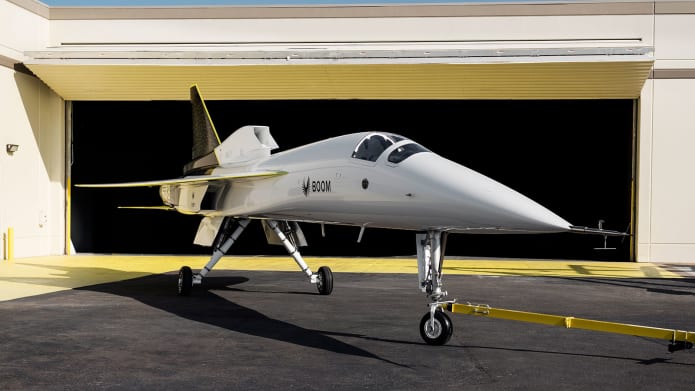
Richard Butler | Exclusive Report By Maureen O'Hare of CNN News | MAY 18th, 2021
The British-French airliner Concorde, one of only two supersonic jets to have operated commercially, flew from 1969 to 2003 and was ludicrously expensive and an environmental disaster.
But now a fresh bunch of start-ups are working on supersonic and hypersonic projects. Last October frontrunner Boom Supersonic was the first to roll out an actual honest-to-goodness IRL demonstrator aircraft, the XB1.
CNN Travel caught up with its founder and CEO Blake Scholl to talk about Overture, the Mach 2.2 commercial airliner he wants to get in the air by 2026, and the company’s ambitious long-term plans.
Breaking the time barrier
“Either we fail or we change the world,” says Scholl over a video call from Denver, Colorado. There hasn’t been any major speed-up in travel times since the Jet Age of the ’50s and ’60s and his team hopes to change that.

“That barrier of time is what keeps us apart. We believe it’s deeply important to break the time barrier, more so than the sound barrier.”
Designed to seat between 65 and 88 people, Overture will focus on over 500 primarily transoceanic routes that will benefit from the aircraft’s Mach-2.2 speeds — more than twice as fast as today’s subsonic commercial jets.
A journey from New York to London would take just three hours and 15 minutes while Los Angeles to Sydney would be cut down to eight and a half hours.
Breaking the time barrier could be life-changing, says Scholl. “It changes where we can vacation, changes where we can do business, changes you can fall in love with or you can be close to.”
Set the goal, then work backwards
Boom Supersonics current timeline is to fly the 1:3 scale XB1 prototype aircraft “around the end of the year,” break ground on a new US factory in 2022 (location TBD), and then start building the first Overture plane in 2023.
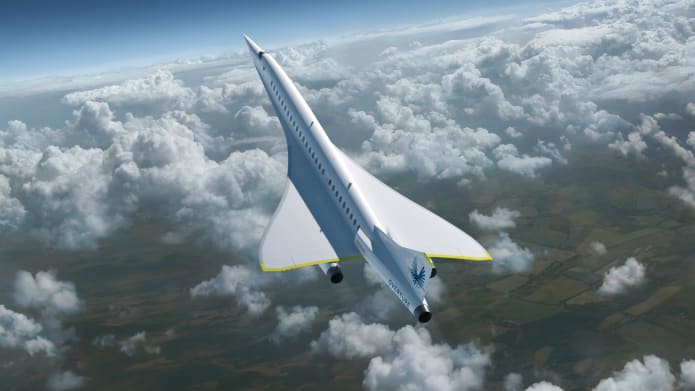
“We see ourselves as picking up where Concorde left off, and fixing the most important things which are economic and environmental sustainability,” says Scholl.
Accessibility is key. His aim is that airlines will be able to set fares at a price point similar to business class — unlike Concorde, which by the ‘90s was charging around $12,000 for a round trip, or $20,000 in today’s money.
“That’s not travel, that’s like a thing you might hope to do once in a lifetime,” says Scholl, before adding, “Versus where we want to get, which is anywhere in the world in four hours for 100 bucks.”
Yes, you heard that right”
Now it’s going to take us time to get there,” says Scholl. The four hour, $100 dream is Boom’s long-term aim, two or three generations of aircraft down the line.
“Lots of people think like one or two steps ahead,” he says. “I find it helpful to think much further out and say, ‘where do we want to be in a decade or two? And what’s possible at that time scale?’ Then you work backwards and say, ‘how do we get there?’.”
Pandemic opportunity
How Boom plans to get there is by designing a new 100% carbon-neutral plane from the ground up. The current crazy state of the world has actually been an unintended bonus.
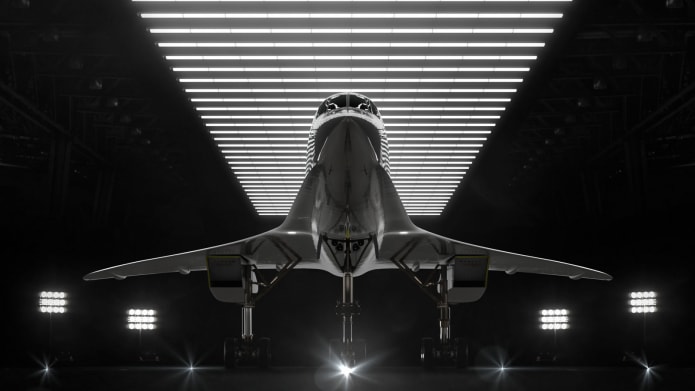
“I wouldn’t wish the pandemic on the world, but it’s actually going to accelerate the adoption of supersonic,” says Scholl.
Airlines have had to downsize their fleets and, in some cases, it’s forced an early retirement for wide-body jets such as the Boeing 777 and Airbus A380.
“As things get back into growth mode,” says Scholl, “There’s an opportunity to build a new-generation fleet that’s got supersonic baked into it. That actually makes it easier to adopt.”
Then there’s the plane’s lean 199 feet (60 meters) of super-svelte lines, with no space inside for those undesirable middle seats — an advantage post-pandemic.
“Physics does not let you design an ugly supersonic jet,” says Scholl. But whizzy as its exterior may be, “It’s about the same form factor as a 757, so it fits in narrow-body gates, which actually causes airlines to really love it.”

Wide-body gates are at a premium in today’s super-congested airports, so big fat airplanes can be hard to find space for — but not so for a humble Boeing 757, 737 or, says, Scholl, a Boom Overture..
On-board experience
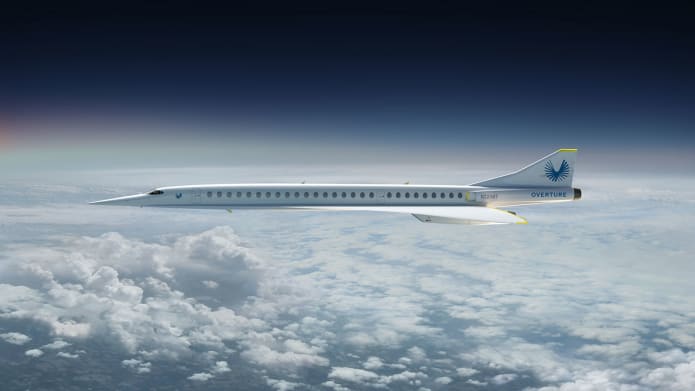
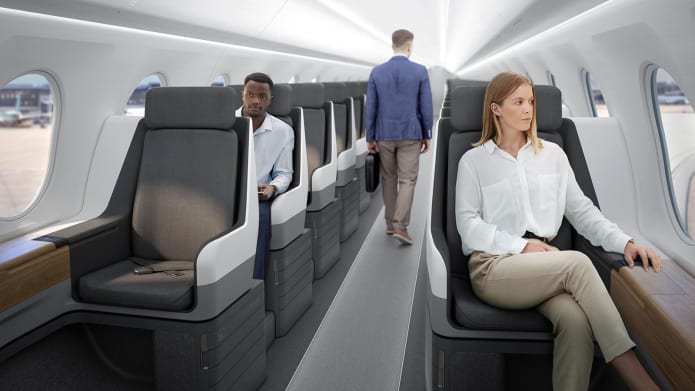
Carbon-neutral
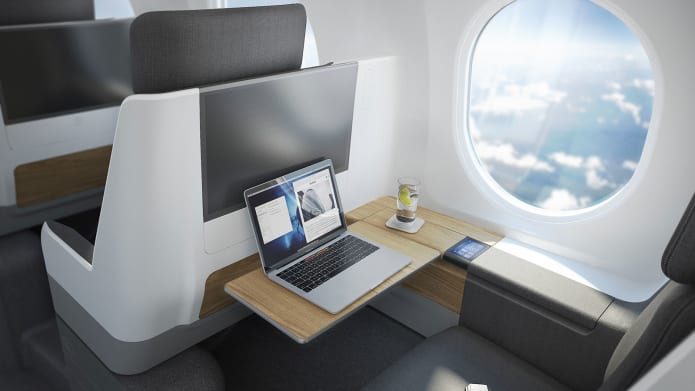
‘An audacious goal’
